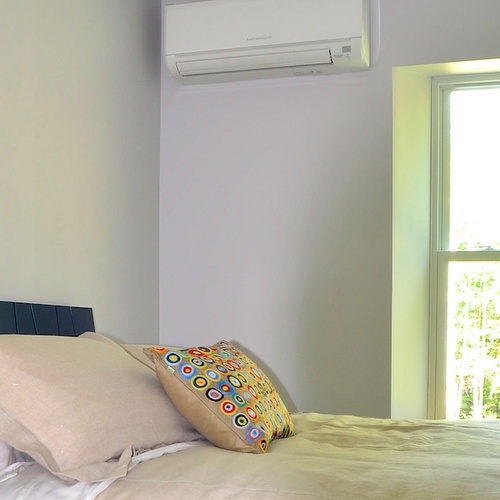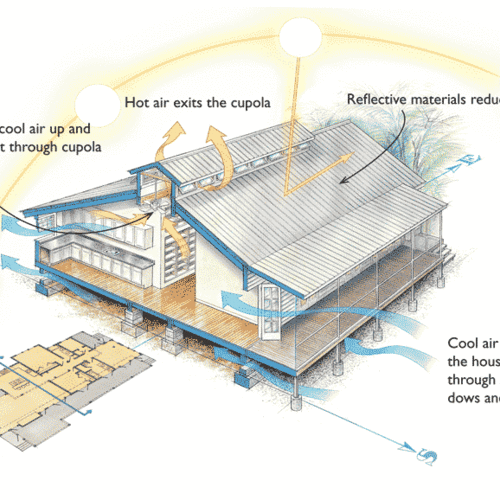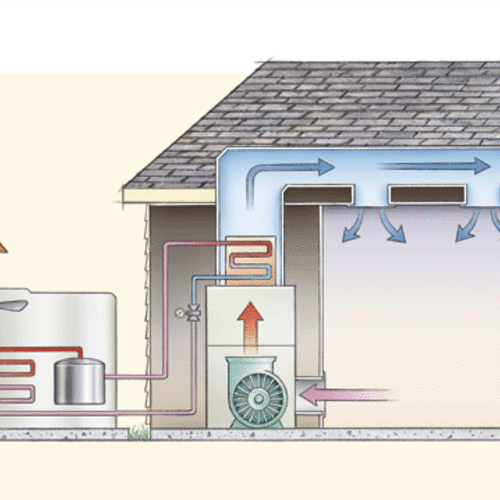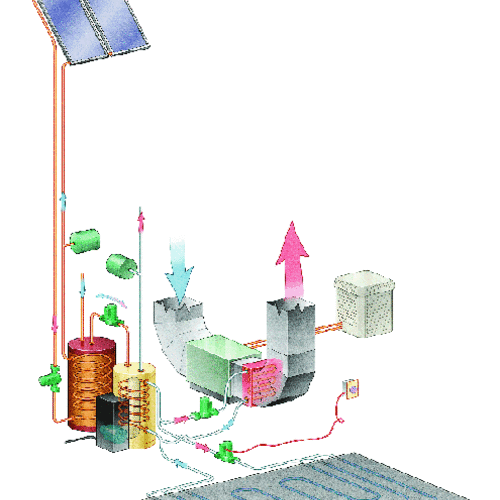
This article is only available to GBA Prime Members
Sign up for a free trial and get instant access to this article as well as GBA’s complete library of premium articles and construction details.
Start Free TrialAlready a member? Log in
The complete source for building, designing, and remodeling green homes

Sign up for a free trial and get instant access to this article as well as GBA’s complete library of premium articles and construction details.
Start Free TrialAlready a member? Log in
Get building science and energy efficiency advice, plus special offers, in your inbox.




Do you really want to delete the list, ?
This won't delete the articles you've saved, just the list.
This feature has been temporarily disabled during the beta site preview.
3 Comments
Swamp coolers
Evaporative cooling is a good option for dry areas.
Response to Larsen
Larsen,
The GBA Encyclopedia has an extensive section discussing evaporative coolers:
https://www.greenbuildingadvisor.com/green-basics/fans-and-natural-cooling#about%20evaporative%20coolers
Passiv Haus - one reaction in Europe: ACTIVE HOUSE
The issues of Passiv Haus to reduce daylighting and natural ventilation, perhaps excessively, for ever-increased air-tightness has led to a thoughtful response by others - see this new movement: http://www.activehouse.info/ "ACTIVE HOUSE" seems to be a very sensible evolution.
Log in or become a member to post a comment.
Sign up Log in